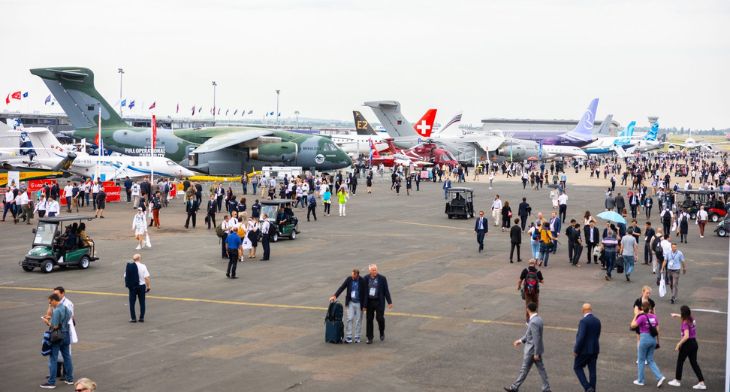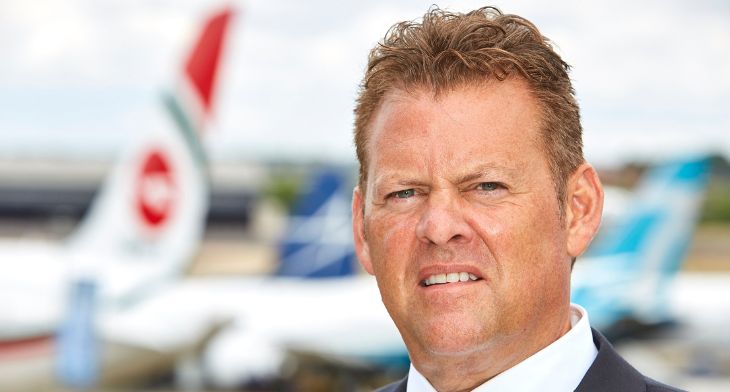


While temperatures and aircraft orders soared in the French capital this week as the Paris Air Show returned to Le Bourget Airport after a four-year hiatus, there was a slight cooling of excitement with concerns raised over supply chain bottlenecks.
India’s IndiGo announced a record-breaking order for 500 A320 aircraft from Airbus, while Saudi carrier flynas firmed up an order with the same manufacturing giant for 30 new A320neo aircraft. Meanwhile, Brazilian manufacturer Embraer clocked up orders from American Airlines and Spanish carrier Binter for its E-Jets in deals totalling around $1 billion and turboprop manufacturer ATR revealed a firm order for 6 ATR 72-600s for Taiwanese regional carrier, Mandarin Airlines and an MoU for two ATR 72-600s for Malaysian carrier, Berjaya Air. Elsewhere, Indian low-fare carrier Akasa Air placed an order for four Boeing 737 MAX jets and Air India formalised its orders (originally announced in February) for 190 737-8s and -10s, 20 787-9s and 10 777-9s.
The orders are welcome news all round, signalling continued recovery for aviation following the global pandemic and ultimately for airports, increased airline and passenger traffic. However, while operators are keen to invest in new aircraft, supply chain issues have caused bottlenecks that have hindered growth over the last 12 months. Still disrupted by the after-effects of COVID-19, airframe manufacturers are contending with existing backlog orders. This coupled with the lack of second-hand aircraft is putting pressure on manufacturers to meet new and increasing demand.


“The upswing in commercial aviation is in part due to the primary manufacturers bolstering their monthly production rates especially on best-selling narrowbody Airbus A320 and B737 aircraft. Also OEMs have become creative and focused on overcoming supply chain disruptions and labour shortages, which combined to keep actual production rates below target,” he said.
Richter also remarked that the maintenance, repair and overhaul (MRO) sector is especially buoyant as airline fleets continue to recover and operators catch up on deferred maintenance. Similarly there has been a heightened focus on FBO assets.
As airports digest the news from the last week and what the swell of aircraft orders could mean for them, it’s surely a good sign that aviation is back on track and we will start to see an easing up in supply chain issues.






